This gallery shows 26+ high-quality and best-resolution Rhino PNG Images, Vectors, Stickers, logos, Icons, and Clipart Pictures with transparent backgrounds. Free download all these Rhino PNG images for graphic design, projects, presentations, web design, editing, and other works.
Rhino PNG Images:
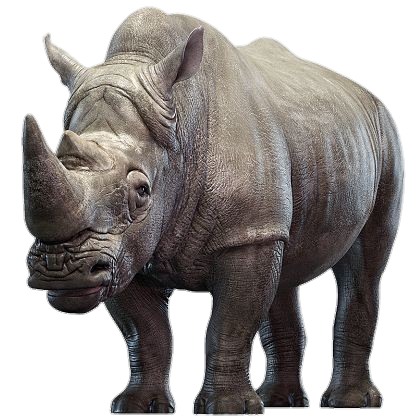
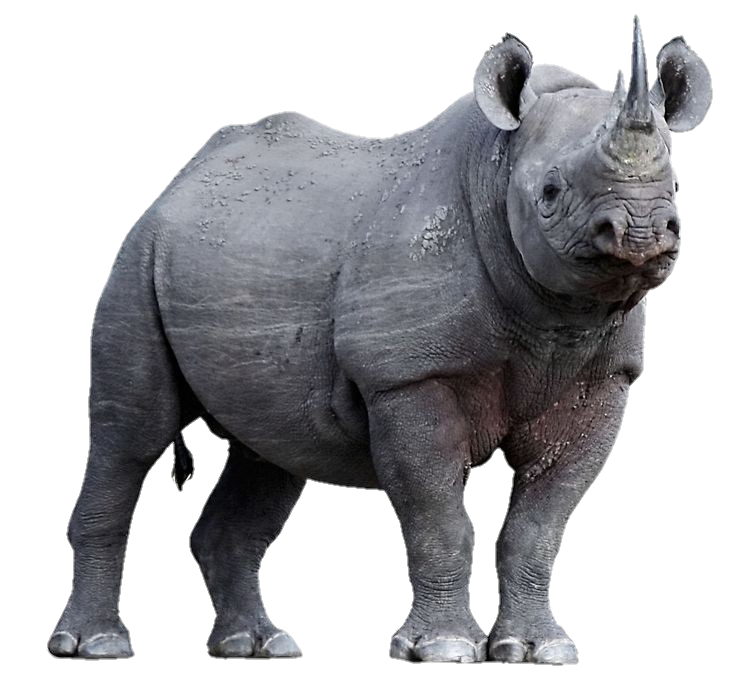
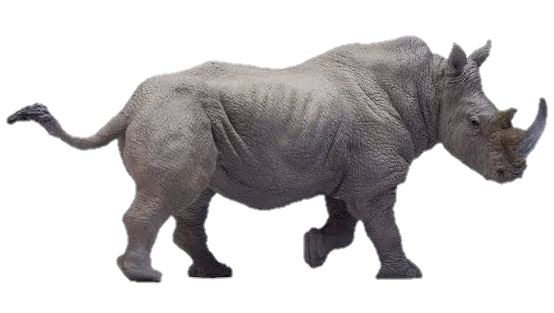
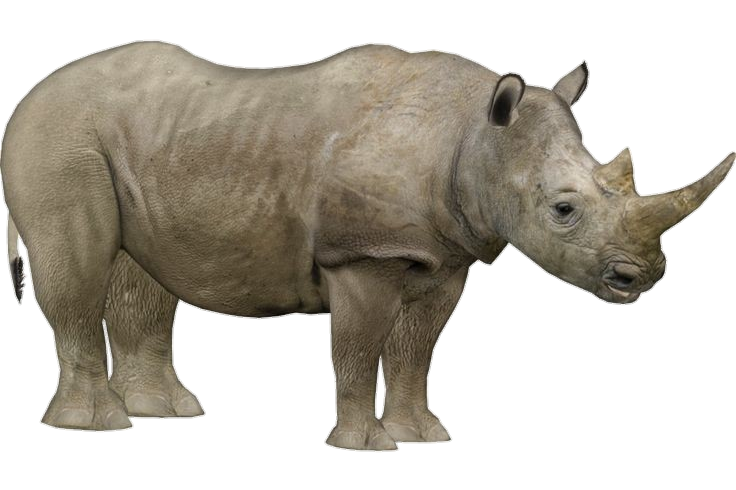






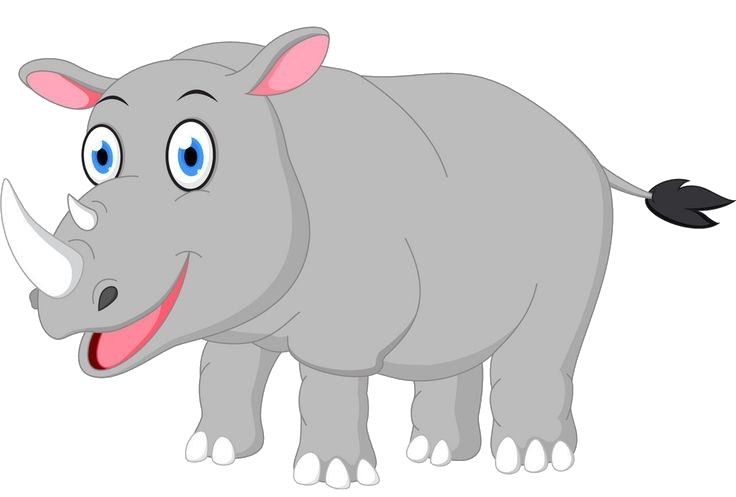




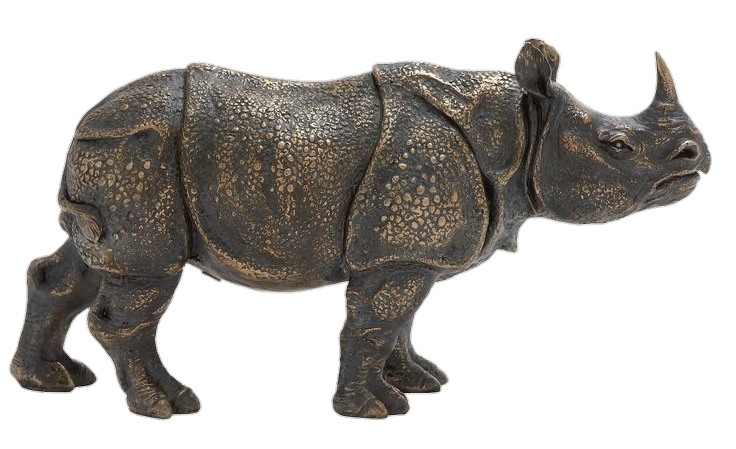
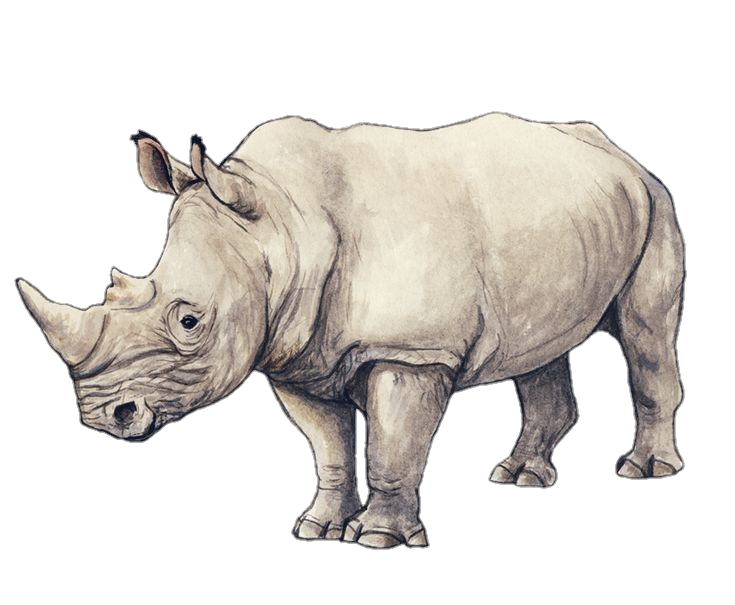



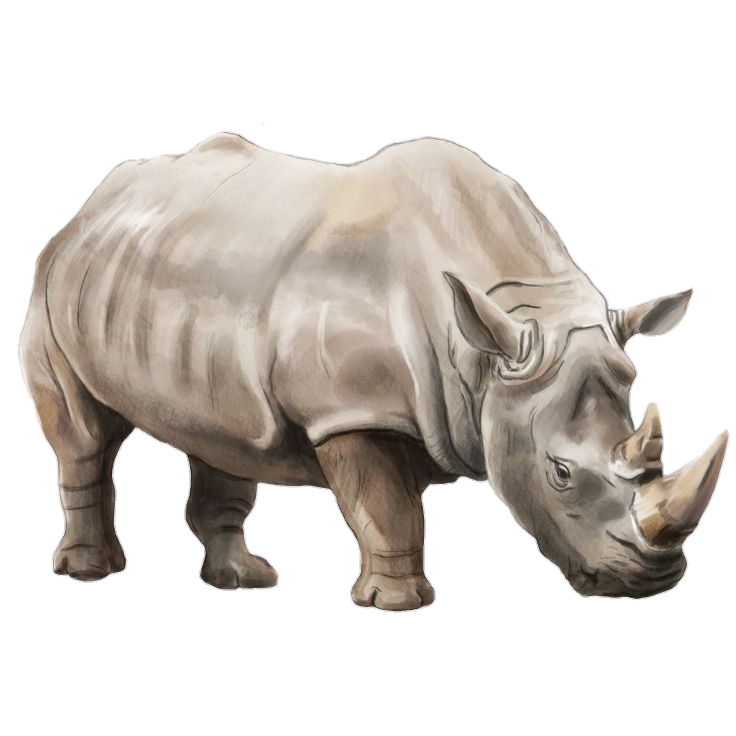

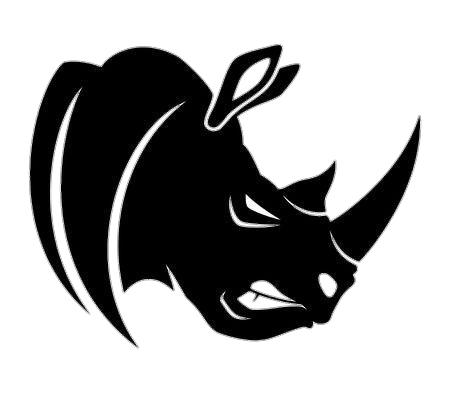


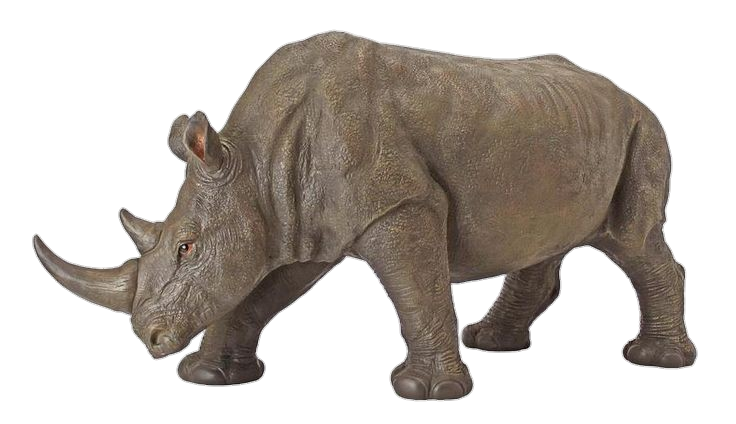
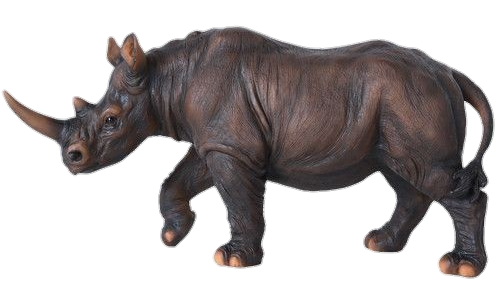
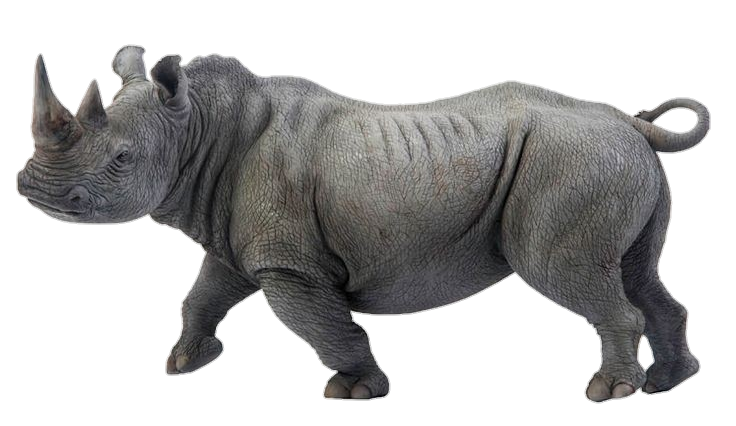
The rhinoceros, commonly known as the rhino, is a large mammal belonging to the family Rhinocerotidae. There are five extant species of rhinos: the Black Rhino, White Rhino, Indian Rhino, Javan Rhino, and Sumatran Rhino. Rhinos are characterized by their massive size, thick, armor-like skin, and unique horns.
Rhinos are herbivores, meaning they primarily feed on vegetation. They have broad lips designed for grazing on grasses and can also browse on leaves and branches. Due to their large size, they consume substantial amounts of plant material, crucial in shaping the vegetation in their habitats.
One of the most distinctive features of rhinos is their horns. The size and shape of the horns vary across species. The Black and White Rhino have two horns, while the other species have a single horn. Rhino horns are composed of keratin, the same material found in human hair and nails. Unfortunately, rhinos face a significant threat from poaching due to the high demand for their horns, which are illegally traded for their perceived medicinal properties and as status symbols.
Rhinos are native to Africa and Asia, inhabiting diverse habitats such as grasslands, savannas, tropical rainforests, and swamps. They have adapted to different environments, exhibiting specific habitat preferences for each species. For example, the White Rhino prefers open grasslands, while the Indian Rhino thrives in swamps and marshy areas.
Regarding behavior, rhinos are generally solitary animals, except the White Rhino, known to form small groups. They have a relatively slow and lumbering gait but can reach impressive speeds of up to 30-40 miles per hour for short bursts when threatened.
Rhinos play a vital ecological role in their habitats. As large herbivores, they help control vegetation growth, preventing overgrowth and promoting plant diversity. Their feeding habits create openings in forests, allowing sunlight to reach the forest floor and fostering the growth of various plant species. Additionally, rhinos contribute to seed dispersal through their digestive systems, aiding in spreading plant life across different areas.
The conservation of rhinos is of utmost importance due to their numerous threats. Habitat loss and fragmentation are significant challenges, primarily driven by human activities such as agriculture, urbanization, and infrastructure development. Poaching for their horns remains a grave concern, pushing several rhino species to extinction.
Rhinos represent the resilience and beauty of our natural world, and their survival is crucial for maintaining the balance of ecosystems and our planet’s biodiversity.





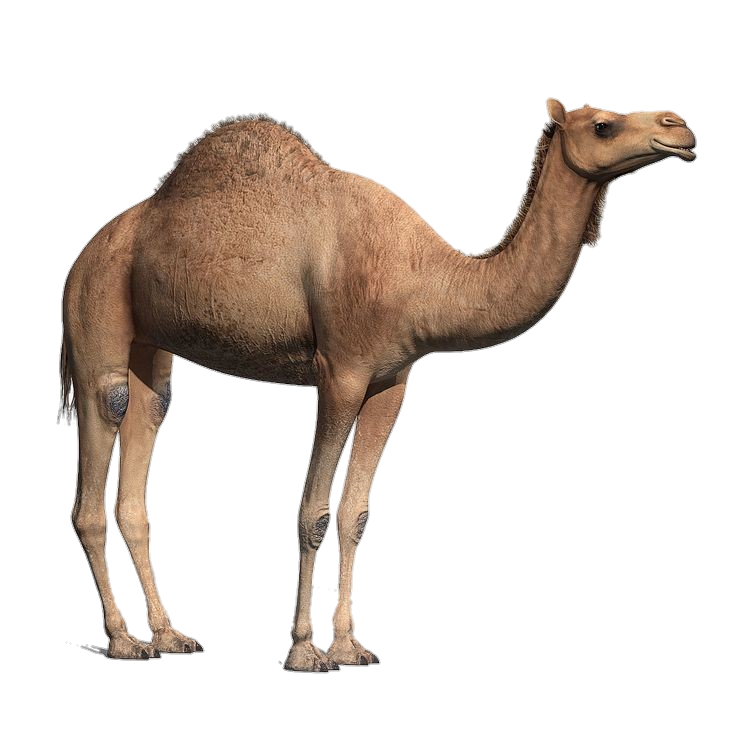
Leave a Comment